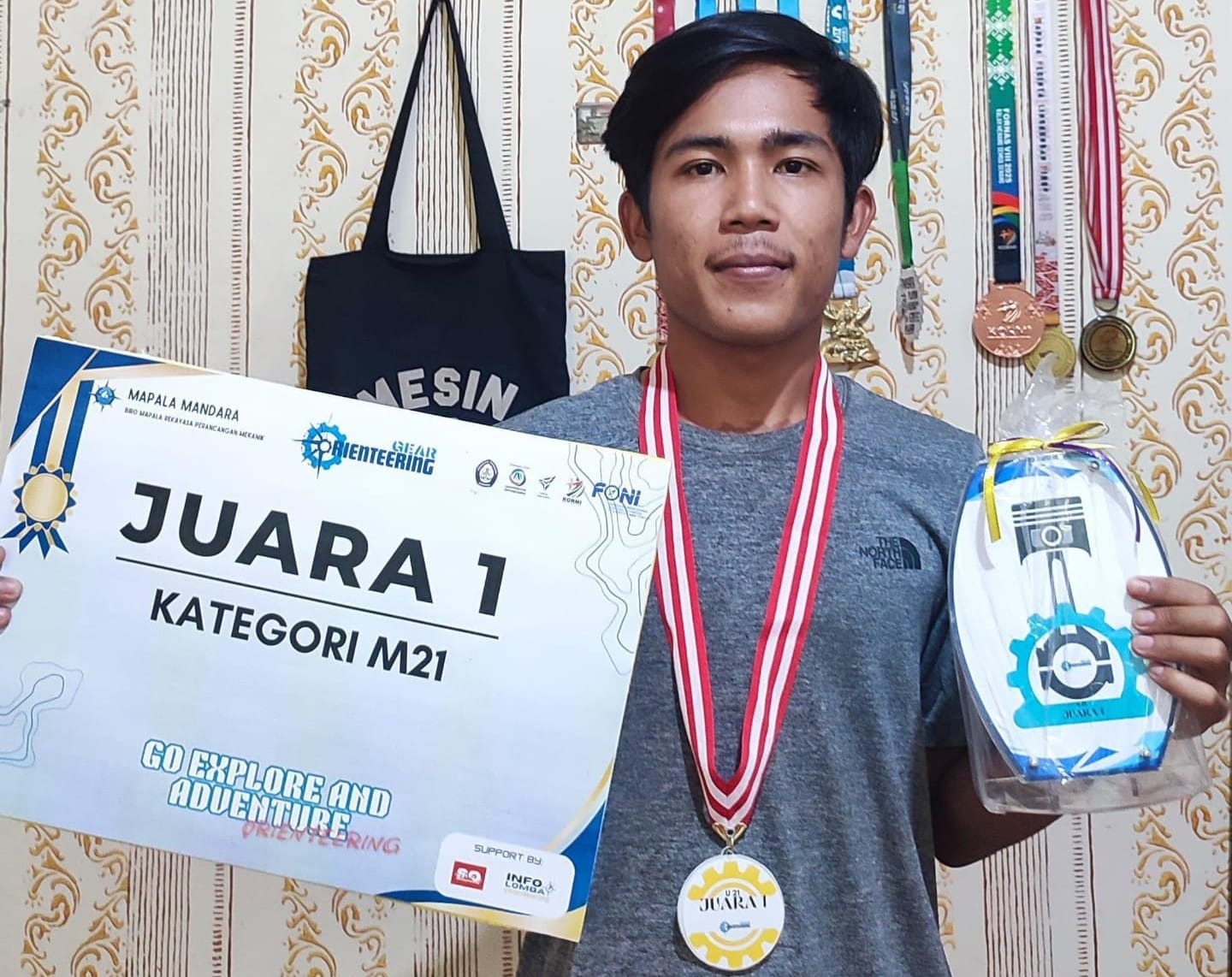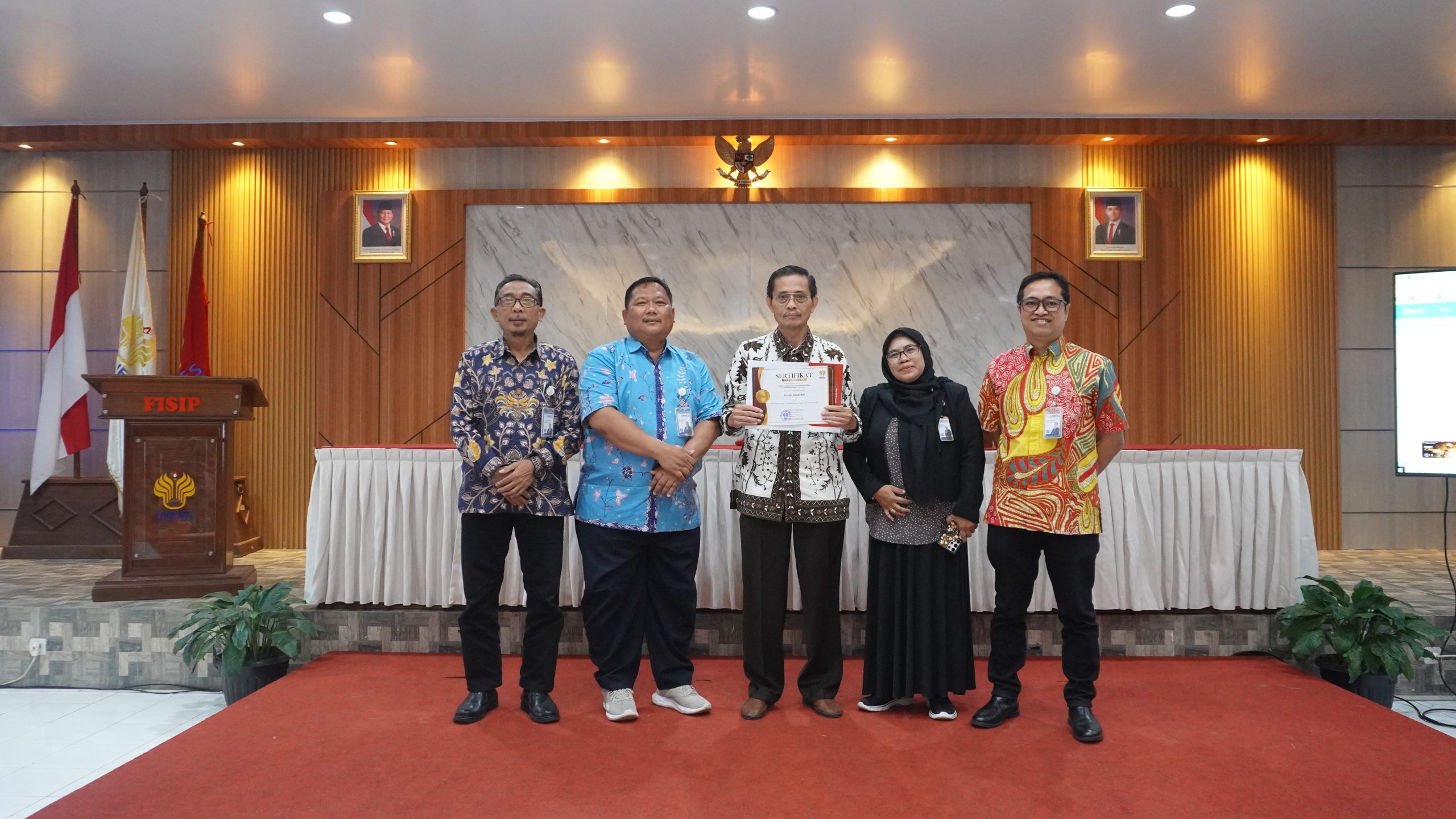Lawang Sewu is one of the many historical buildings in Indonesia and is located in the city of Semarang. The name Lawang Sewu comes from the Javanese language, which means “a thousand doors”. This is because the historic building has many doors and windows. Lawang Sewu is an icon of Dutch colonial architecture that has uniqueness and high historical value. Based on historical track records, this building was originally built as an administrative center and a train station by the Dutch railroad company in the early 20th century. The construction of Lawang Sewu began in 1904 and was completed in 1907. The building was designed by a Dutch architect, C. Citroen, with an Indian Empire architectural style that combines European architectural elements with a local touch. In terms of architecture, this building is characterized by large doors and windows and beautiful ornaments. Lawang Sewu has a long history of use, from the Dutch colonial period until the time of Indonesian independence. At the beginning of the 20th century, the Hindische Spoorweg Maatschappij (HSM) railway company, which was a railway company owned by the Dutch government, began building Lawang Sewu. The main purpose of building Lawang Sewu during the Dutch colonial period was to become an important train station in Semarang. This building acts as a gateway for passengers coming from the city. Lawang Sewu became the largest and most important train station in Central Java at that time. In addition to its function as a train, Lawang Sewu is also the administrative center for HSM in Semarang. This building is the headquarters for administrative activities related to railroad company operations, such as schedule management, finance, and human resources. After the Dutch occupation ended in Indonesia, this building was again used during the Japanese occupation. During Japan’s position in World War II, Lawang Sewu was used for different purposes. This building served as an execution place and prison for the Japanese military. Inside Lawang Sewu, prisoners of war and people suspected of opposing the Japanese government were detained, interrogated, and even executed. After Indonesia won its independence in 1945, Lawang Sewu underwent a change in its designation. This building is used by PT Kereta Api Indonesia (KAI) as an administrative center and passenger service office. However, in 2009, KAI’s administration office was moved to the new building, and Lawang Sewu was officially designated as a historic building to be developed as a museum and tourist destination. Until finally, in 2011, Lawang Sewu was opened to the public as a museum and a popular tourist destination in Semarang. This building displays the history of the development of railways in Indonesia and exhibits a collection of historical photographs, artifacts, and documentation. Lawang Sewu is also often used as a location for art events, exhibitions, and weddings, which adds to its appeal as a symbol of history and architectural beauty.
In the Lawang Sewu Museum area, there are three buildings that can be visited, with two large buildings that have two floors and many doors, as well as a building with one floor as a collection of various railroad equipment, as well as a collection of the Lawang Sewu Museum as it is now. The building, which is designed to resemble the letter L, has a large number of windows and doors as an air circulation system. On the first floor of the building, there are many rooms used as souvenir shops, such as for handicrafts, wayang, batik, and Semarang specialties. There is also a Japanese-themed photo studio and Dutch costume rental.

On the top floor of the building, there are many collections of photographs and paintings with various themes, such as the development of stations in Indonesia, the construction of buildings during the Dutch colonial period, and many other collections displayed on the train theme. In another large building, there is one room that is a favorite photo spot for visitors. It has a large enough staircase, and there are colorful windows typical of Europe, making this room busy being used as a photo spot by visitors. There is also a small monument that reads Dutch. On the left side of this building there is a room displaying the uniforms of station workers such as the PKKA Service or train travel leaders, which are white; the uniforms of the DKA period level 2 machinists are dark blue; and the end of a locomotive is pinned to the wall. At the front of the building, right in front of the arterial road, there is a black locomotive with red accents on display.

Lawang Sewu also has a high social conservation value, the building is a cultural heritage that enriches the identity of the city and the country. As one of the Dutch colonial heritage buildings, Lawang Sewu depicts the rich and varied history of Indonesia. The social conservation value is contained in efforts to maintain and repair these buildings, so that present and future generations can continue to appreciate this cultural heritage. Lawang Sewu is also a silent witness to the struggle of heroes against Dutch colonialism. During the period of the national movement, the building was used as the headquarters and activity center for struggle organizations such as Budi Utomo and Jong Java. Through Lawang Sewu conservation, we can respect the struggle and sacrifice of these fighters and remind us of the importance of defending independence. Lawang Sewu also functions as a center for cultural and educational activities. Many art and cultural events are held at the venue, such as art exhibitions, music concerts and dance performances. The place is also an educational tourist destination that is often visited by schools and community groups to learn more about the history, architecture and values contained in Lawang Sewu. In this case, Lawang Sewu plays an important role in promoting cultural awareness and social values to the community. In addition, Lawang Sewu provides a significant economic impact for the city of Semarang. By becoming a famous tourist attraction, Lawang Sewu is able to attract tourists both from within the country and abroad. This has an impact on the growth of the tourism sector which can create jobs and increase the income of the surrounding community.

Apart from being a silent witness to the Dutch colonial period and the Japanese occupation, Lawang Sewu is also a symbol of struggle and pride in the journey for Indonesian independence. This place reflects the spirit and perseverance of the nation in facing difficult times and emphasizes the importance of caring for cultural heritage for future generations. Over the years, Lawang Sewu has been restored and restored to maintain the originality of the building and ensure its historical valuend pride in the journey for Indonesian independence. This place reflects the spirit and perseverance of the nation in facing difficult times and emphasizes the importance of caring for cultural heritage for future generations. Over the years, Lawang Sewu has been restored and restored to maintain the originality of the building and ensure its historical value. Now, Lawang Sewu is an attractive tourist destination, inviting visitors to admire the beauty of architecture, explore historic rooms, and learn about its important role in the development of railways in Indonesia. By visiting Lawang Sewu, visitors can experience the beauty of Dutch colonial architecture, absorb the atmosphere of the past, and broaden their understanding of Indonesian history and culture. Apart from that, Lawang Sewu also provides an opportunity to enjoy the beauty of the surrounding gardens, attend cultural events, or just enjoy the serenity that surrounds the building. Lawang Sewu is not just a historical building but also a symbol of the beauty of architectural art, which is an important part of the identity of Semarang and Indonesia. By protecting and preserving Lawang Sewu, we are also caring for its valuable cultural heritage and paying tribute to its historical wealth.
Written by: Fraditya Marsha Anggistanaya Saputri, Clarissya Ar Rizka Ichnanda, Inka Rosa Lintang Dwi Cahyani, Najiah Istiqamah, Nuralip Sailpulpon Saiin, Fandi Maulana Akhmad.



